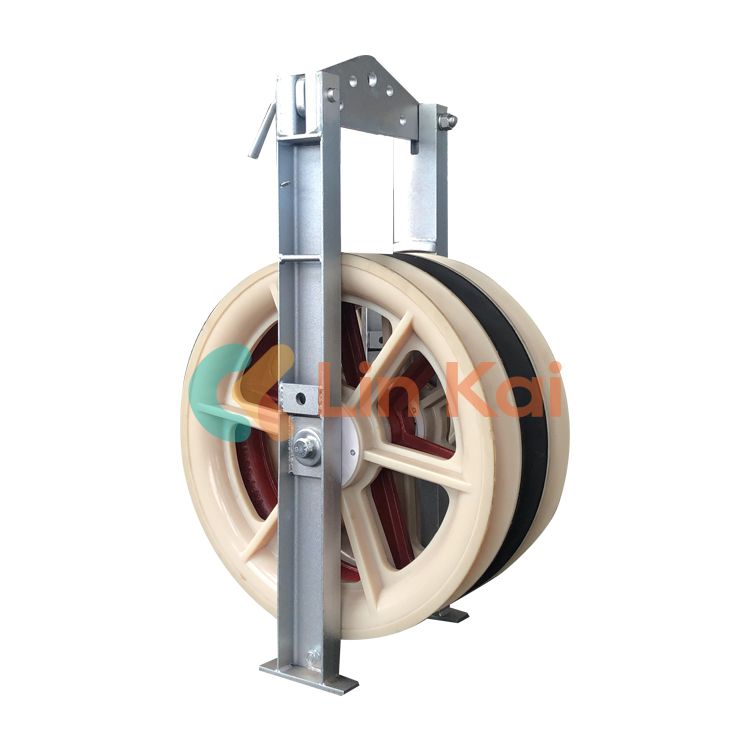The Impact of Weight: How the Mass of Large Diameter Stringing Blocks Influences Performance
2024-05-15
In the power line industry, the effectiveness and efficiency of stringing operations are significantly influenced by the tools and equipment used. Large Diameter Stringing Blocks are crucial for guiding and supporting conductors during the installation of overhead power lines. One critical aspect of these blocks is their weight, which can greatly impact their performance. Let’s explore how the weight of Large Diameter Stringing Blocks affects their functionality and what factors need to be considered for optimal performance.
Understanding the Role of Large Diameter Stringing Blocks
Large Diameter Stringing Blocks facilitate the smooth and efficient stringing of conductors by reducing friction and providing a controlled pathway. Their large diameter is essential for minimizing bending stress on the conductors, but the weight of these blocks also plays a pivotal role in their overall performance.
How Weight Affects Performance
1. Stability and Handling
The weight of stringing blocks contributes directly to their stability during operations.
Heavier Blocks: Heavier blocks tend to be more stable, reducing the risk of shifting or moving under load. This stability is crucial for maintaining alignment and preventing the conductor from slipping out of the block.
Handling: While heavier blocks are more stable, they can be more challenging to handle and position, requiring additional manpower or equipment for safe installation and removal.
2.Load Capacity
The weight of the block is often correlated with its load-bearing capacity.
Increased Capacity: Heavier blocks are typically designed to handle higher loads, making them suitable for use with larger conductors and higher tension applications.
Structural Integrity: The additional weight often indicates a more robust construction, which can withstand the stresses and strains of heavy loads without deforming or failing.
3.Mobility and Deployment
The portability of stringing blocks is affected by their weight.
Heavy Blocks: Heavier blocks may require specialized equipment such as cranes or lifting devices for transportation and deployment, which can increase the complexity and cost of operations.
Lightweight Alternatives: While easier to transport and deploy, lightweight blocks might compromise on stability and load capacity, potentially limiting their use to lighter, lower-tension applications.
4.Friction and Wear
The interaction between the conductor and the block is influenced by the block’s weight.
Consistent Contact: Heavier blocks ensure consistent contact with the conductor, which helps in maintaining a smooth and controlled stringing process. This can reduce uneven wear on both the conductor and the block itself.
Wear and Tear: Properly weighted blocks can distribute the load more evenly across the sheave, reducing localized wear and extending the lifespan of both the block and the conductor.
Conclusion
The weight of Large Diameter Stringing Blocks significantly affects their performance in stringing operations. While heavier blocks offer greater stability, higher load capacity, and consistent contact, they also present challenges in terms of handling, mobility, and deployment. Finding the right balance between these factors is essential for optimizing the efficiency, safety, and overall success of power line installations.



